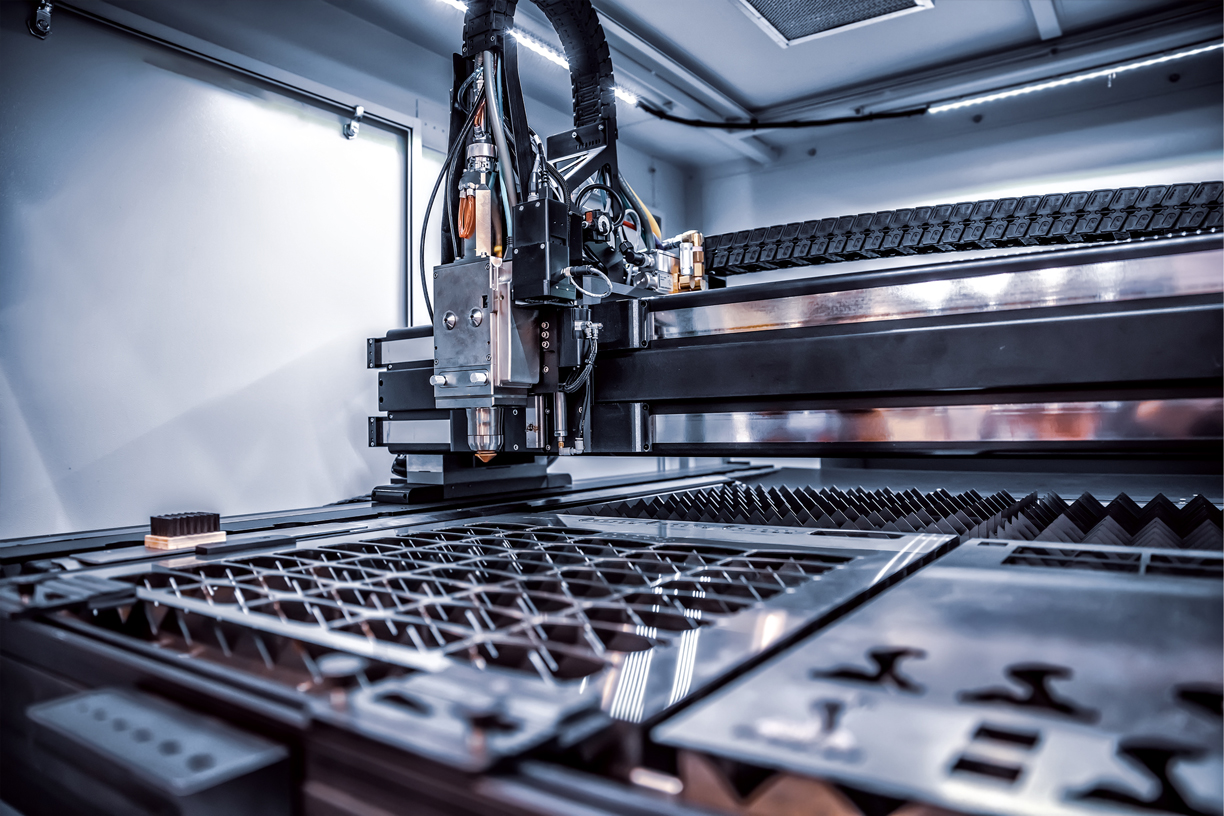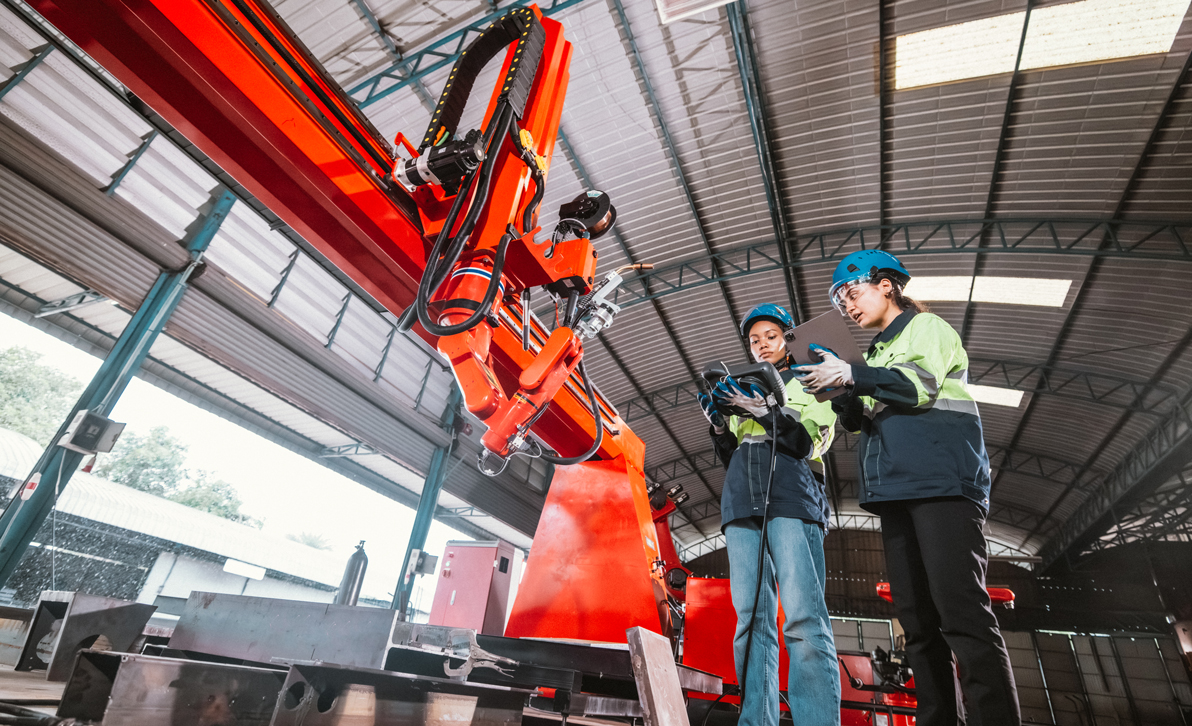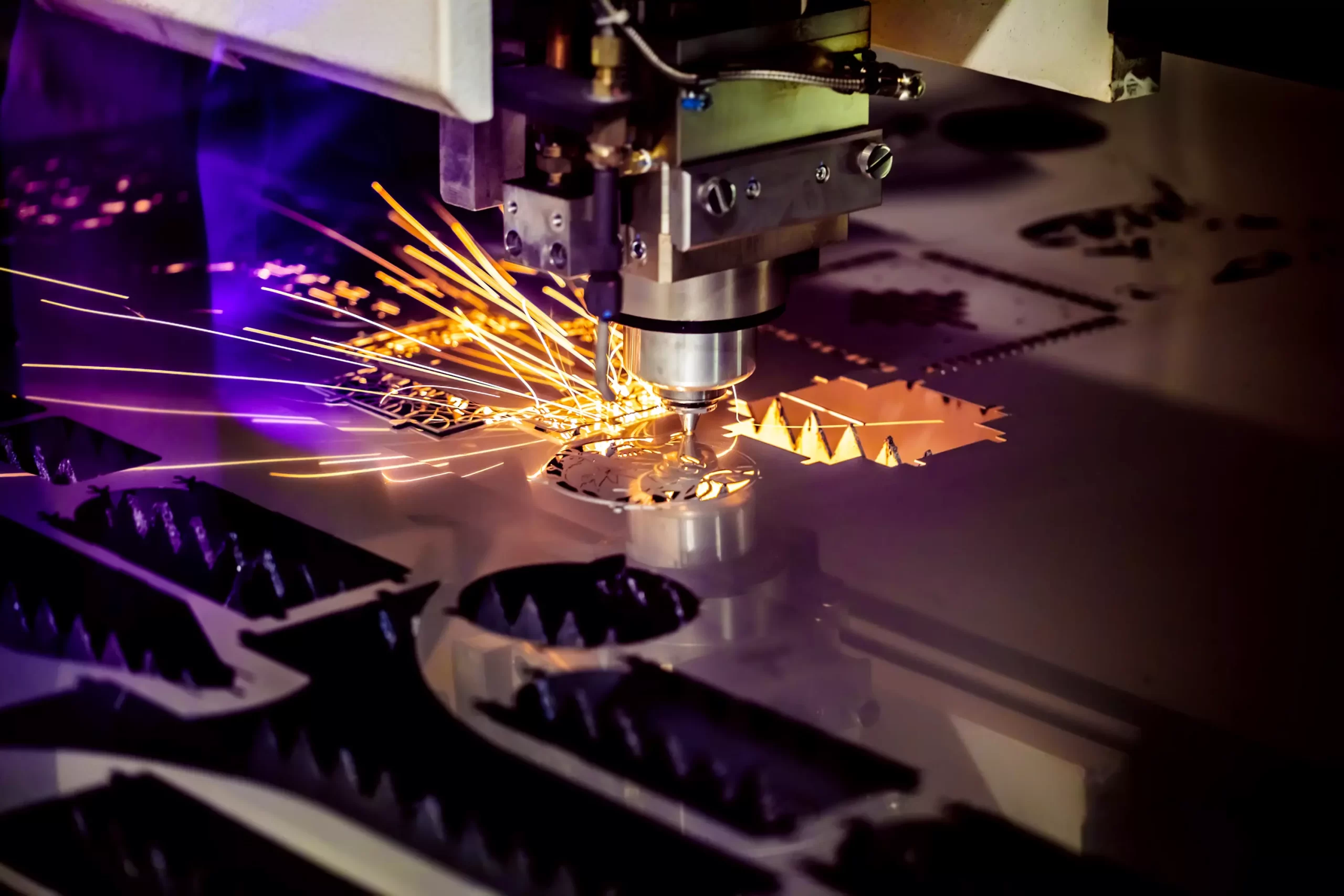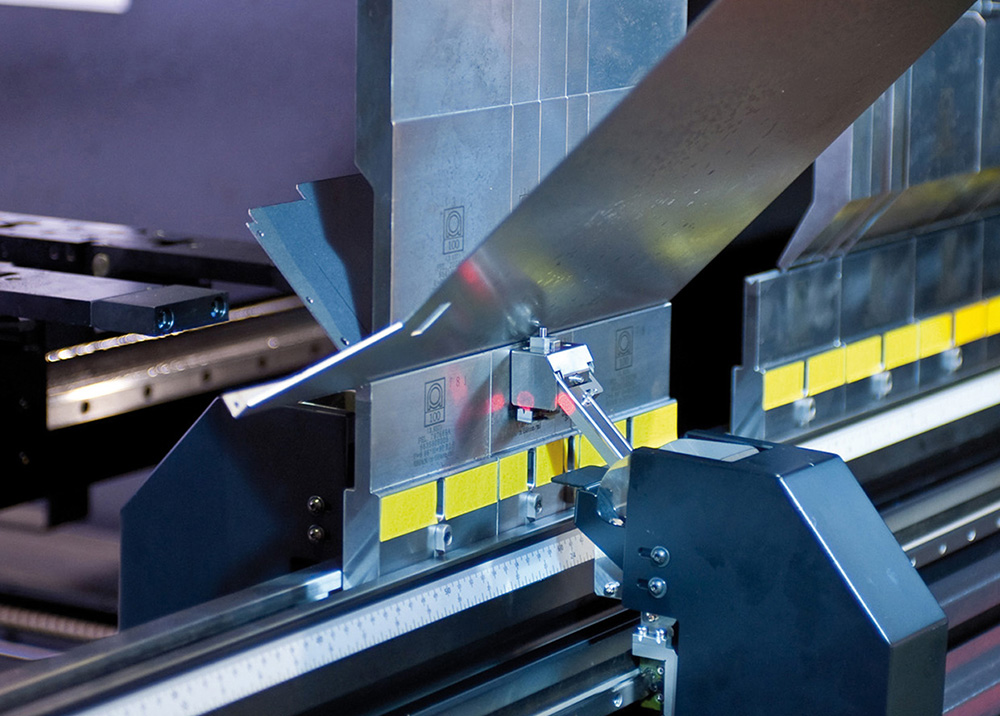Building Information Modeling (BIM): A Digital Revolution in Metal Carpentry
Building Information Modeling is not just a 3D modeling tool, but a true revolution in the design, production, and management of metal structures.
What is BIM and Why Is It Crucial in Metal Carpentry?
BIM is a digital methodology that enables the creation of detailed virtual models of buildings and infrastructure, integrating key information such as materials, dimensions, manufacturing processes, and the entire product life cycle.
In the field of metal carpentry, BIM allows companies to:
- Improve project accuracy by minimizing errors and inconsistencies from the earliest design phase
- Optimize production timelines through accurate planning and efficient resource management
- Enhance collaboration between architects, engineers, and fabricators through real-time data sharing
Key Benefits of BIM in Metal Carpentry
Greater Efficiency and Fewer Errors
BIM facilitates clash detection, identifying potential issues before fabrication begins. This reduces production delays and prevents costly rework.
Automation of Production Processes
BIM models can be linked directly to CNC machinery, automating the fabrication of complex metal components with exceptional precision.
Full Lifecycle Management
From initial design to maintenance, BIM provides a complete overview of the structure’s lifecycle, simplifying future interventions and improving asset management.
How BIM Is Transforming the Design of Metal Structures
In the metalworking industry, BIM enables professionals to:
- Create highly detailed 3D models including material specifications (steel grades, surface treatments, etc.)
- Simulate structural behavior under different loads and stress conditions
- Automatically generate technical documentation: material lists, assembly plans, structural reports
- Coordinate all stakeholders (designers, workshops, site managers) in real time
The Future of BIM in Metal Fabrication
With the advancement of Artificial Intelligence (AI) and Augmented Reality (AR), BIM will become even more integrated and dynamic. The future points toward:
- Further automation of production
- Real-time project monitoring with advanced visualization tools
- Smarter decision-making based on predictive data analysis
For metal carpentry companies, adopting BIM is no longer optional—it is a strategic necessity to stay competitive in a rapidly evolving market.




